I am currently writing an application in Spring Boot 2.4.0 that is required to listen on multiple ports (3, to be specific - but might be 4 in the future). The idea is that each port makes a different API available for other services/apps to connect to it.
So, for a minimal working example, I'd say we have a SpringBootApp like this:
@SpringBootApplication
public class MultiportSpringBoot {
public static void main(String[] args)
{
SpringApplication.run(MultiportSpringBoot.class, args);
}
}
Now, I'd want to have this listening on 3 different ports, say 8080, 8081, and 8082. For all (!) requests to one of these ports, a specific controller should be "in charge". One of the reasons for this requirement is that one controller needs to handle a (regular) web frontend and another an API. In case an invalid request is received, the API-controller needs to give a different error message than the frontend should. Hence, the requirement given is a clear separation.
So I imagine multiple controllers for the different ports, such as:
@Controller
public class Controller8080
{
@RequestMapping(value = "/", method = RequestMethod.GET)
public ModelAndView test8080()
{
ModelAndView modelAndView = new ModelAndView();
modelAndView.setViewName("test8080");
return modelAndView;
}
}
with similar controllers for the other ports:
@Controller
public class Controller8081
{
@RequestMapping(value = "/", method = RequestMethod.GET)
public ResponseEntity test8081()
{
JSONObject stuff = doSomeStuffForPort8081();
return new ResponseEntity<String>(stuff, HttpStatus.OK);
}
}
I hoped for an annotation similar to @RequestMapping to be able to match and fix the port numbers for the controllers, but this seems to be no option as no such annotation seems to exist.
Now, this topic seems to be a bit specific, which is probably why you don't find all too much info on the web. I found Starting Spring boot REST controller in two ports, but I can also only have ONE instance running. I looked at https://tech.asimio.net/2016/12/15/Configuring-Tomcat-to-Listen-on-Multiple-ports-using-Spring-Boot.html, but this is outdated for Spring Boot 2.4.0 and a bit bloated with JavaMelody examples.
Anyone can provide a minimum working example for a solution for this?
--
EDIT:
To clarify a bit more: I need multiple, separate RESTControllers that each handle requests on different ports. I.e. a request to domain.com:8080/ should be handled by a different controller than a request to domain.com:8081/.
As an example, consider the two following controllers that should handle requests on ports 8080 and 8081 respectively:
//controller for port 8080
@RestController
public class ControllerA
{
@GetMapping("/")
String helloA(HttpServletRequest request)
{
return "ControllerA at port " + request.getLocalPort();
}
}
and
//controller for port 8081
@RestController
public class ControllerB
{
@GetMapping("/")
String helloB(HttpServletRequest request)
{
return "ControllerB at port " + request.getLocalPort();
}
}

